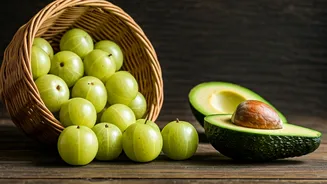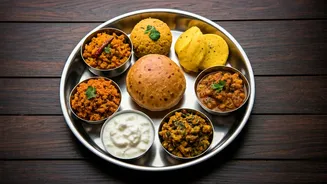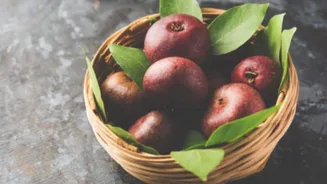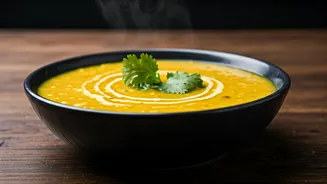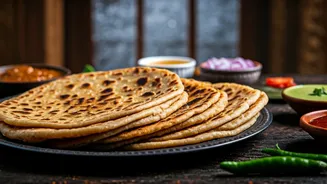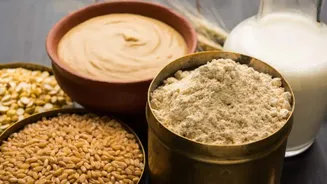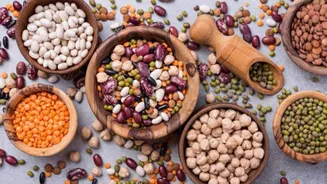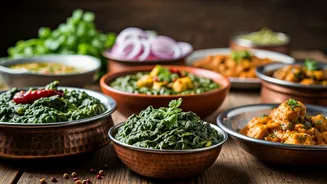Dal's Cultural Significance
Dal is more than just a dish in India; it's a symbol of comfort, tradition, and togetherness. It's often the centerpiece of a meal, served with rice or roti,
and enjoyed in homes and restaurants alike. The preparation and consumption of dal bring families and communities together, reinforcing cultural values and shared experiences. The variety of dal recipes reflects the diverse culinary landscape of India, with each region boasting its own unique versions and cooking styles. Whether it's the creamy consistency of dal makhani, the tangy flavor of masoor dal, or the simplicity of toor dal, dal embodies the essence of Indian cuisine and its rich heritage.
Varieties of Dal
India offers a vast array of dal varieties, each with its distinct flavor, texture, and nutritional profile. Common types include toor dal (split pigeon peas), chana dal (split chickpeas), masoor dal (red lentils), moong dal (split green gram), and urad dal (black lentils). These dals can be prepared in countless ways, from simple preparations to complex, flavorful dishes. Each dal variety lends itself to different cooking techniques, allowing for a wide range of culinary creations. The versatility of dal makes it an ideal ingredient for both everyday meals and festive occasions. The selection of dal often depends on regional preferences, seasonal availability, and dietary needs.
Nutritional Benefits
Dal is a nutritional powerhouse, packed with essential nutrients that contribute to overall health. It is an excellent source of protein, crucial for building and repairing tissues, and providing energy. Dals are also rich in fiber, which aids digestion, regulates blood sugar levels, and promotes a feeling of fullness. Furthermore, dals contain important vitamins and minerals, such as iron, folate, and potassium, which support various bodily functions. The high fiber content in dal can assist in maintaining a healthy weight and lowering the risk of chronic diseases. Including dal in your diet can be a delicious and effective way to boost your nutritional intake.
Dal in Indian Cuisine
Dal takes center stage in numerous Indian dishes, showcasing its adaptability and flavor-enhancing qualities. From the creamy richness of dal makhani, simmered overnight with butter and cream, to the simple yet satisfying tadka dal, seasoned with aromatic spices, dal is central. It can be paired with rice, roti, or even used as a base for soups and stews. Dal also complements other ingredients, such as vegetables, meats, and seafood, creating a balance of flavors and textures. Regional variations of dal dishes reflect the diverse culinary traditions across India, each offering a unique twist on this beloved staple.
Making Dal At Home
Preparing dal at home is a simple and rewarding culinary experience. First, rinse the dal thoroughly to remove any impurities. Then, cook it with water and salt until it reaches a soft, tender consistency. The cooking time will vary depending on the type of dal. Once cooked, you can prepare the tadka (tempering) by heating oil or ghee and adding spices like cumin seeds, mustard seeds, asafoetida, and chilies. Pour the tadka over the dal and stir to combine the flavors. Garnish with fresh coriander leaves for an appealing visual and taste. Experimenting with different dal varieties and spices can lead to exciting and delicious results, making dal a versatile dish for any meal.
Dal for All Ages
Dal is a universally appealing food, suitable for people of all ages. Its soft texture makes it easy to digest, making it an excellent option for babies and the elderly. Dal is also a great way to introduce plant-based protein into children's diets. It can be adapted to suit various dietary needs and preferences, making it a versatile and inclusive food. Whether you are a vegetarian, vegan, or simply looking to eat healthier, dal can be incorporated into your daily meals. It's a nourishing and satisfying food that contributes to a well-rounded diet.


